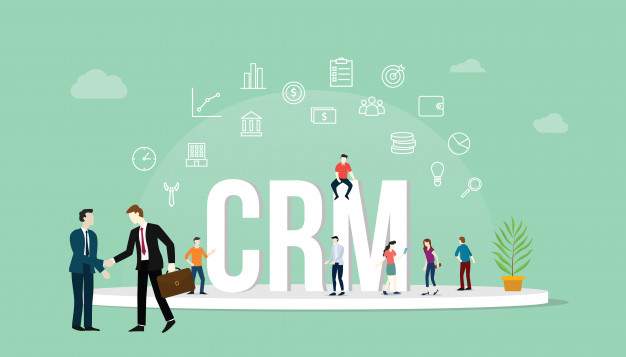Strategy for Business that Will Improve CRM
What is a CRM strategy?
CRM strategy which is also referred to as Customer Relationship Management strategy involves planning on the company-wide level and can be used to grow profit, revenues, enhance customer relationships, and boost the costs. This can also be achieved by using a Retail CRM Software technology.
On a wider level, CRM is a system that needs a proper strategy to make it work for you.
Why do you need a CRM?
When you are creating a Retail CRM strategy, it is important to keep the interactions between potential and existing customers in mind. CRM tools help in organizing the data into a proper format so that they can communicate with the customers in a manner that generates scalable results.
CRM functions can include the following: Keeping record of the contact information of the employees including the phone calls, voicemail interactions, email and so on. Moreover, by using a CRM software, you can also track the stages of finalising a deal and understanding the potential of increasing profits related to the business.
It is crucial for the organisation to ensure that a proper CRM strategy is charted out to reach the long-term goals and help the customers make better decisions related to finances and also ensure that the business turns out to be profitable. Overall, it is important to boost organizational performance.
You might have understood about the CRM strategy and what makes it important. Here are some of the strategies that you can implement in order to make the most of the CRM tools and also ensure that the CRM is implemented in a proper manner.
1. Perform a complete analysis and audit of the business processes
The first step involves a complete audit of your business by reviewing all the processes – whether they are external or internal. Another thing is to analyze the competition, and perform SWOT analysis. Doing so will help in understanding the threats, weaknesses and opportunities that lie ahead of your business.
When you are auditing, it is also important to check whether you have all the resources available to start with the CRM system, training budget that will be required to train the team members so that they can test the CRM.
2. Streamline your business processes
The next step is to track the customer journey, determine the prospects, and identify the different stages in the pipeline that would help you understand what all is required from marketing and sales teams.
You can also use pre-defined templates to get a bird’s eye view of the sales process and ensure that CRM applications used to boost business performance are able to optimize the sales funnels.
3. Be clear about the CRM goals
When you are done studying for the business, you can also think about what all you want to achieve with the CRM system.
It is important to define the specific goals for every CRM team so that they have a basic idea in mind as to how to go about the things to boost the business performance.
4. Leverage data to improve productivity
You can easily assemble data from multiple sources and departments in your organization using the CRM platform. This data could be collected from sales, customer services, or even marketing teams. With this, you will be able to give your team the access to all the data and maintain one dashboard that will have all the essentials.
By leveraging the CRM data, you would be able to save a lot of time for the employees and also empower them to perform their best. In addition to that, more productivity and efficiency as the entire business process will be data-driven
As the data is available to all, it will ensure transparency in the business processes and will also save a lot of time for the teams when it comes to data handling or save their time while answering repetitive questions put up by the customers.
5. Deliver personalized experiences to the customers
It is important to have a solid CRM strategy to ensure that the entire business processes whether they are sales or marketing, work closely in coordination in an organized manner.
This would help in building a better picture of the potential customers and also ensure what they need is available to them. This would also help in providing the customers with personalised experiences.
6. Reduce costs with the help of automation
By using a CRM model, you will be able to save a lot of resources and time. As it helps in streamlining a plethora of tasks that might be repetitive or require administrative support, you will be able to feed the data using this in your pipeline.
For instance, instead of feeding data every single time, you can always set up a lead capture form that would help in syncing your tasks to the pipeline.
Also, by automating the sales process, you can always get free time to do sales reps and nurture the leads which would eventually lead to cost reduction.



